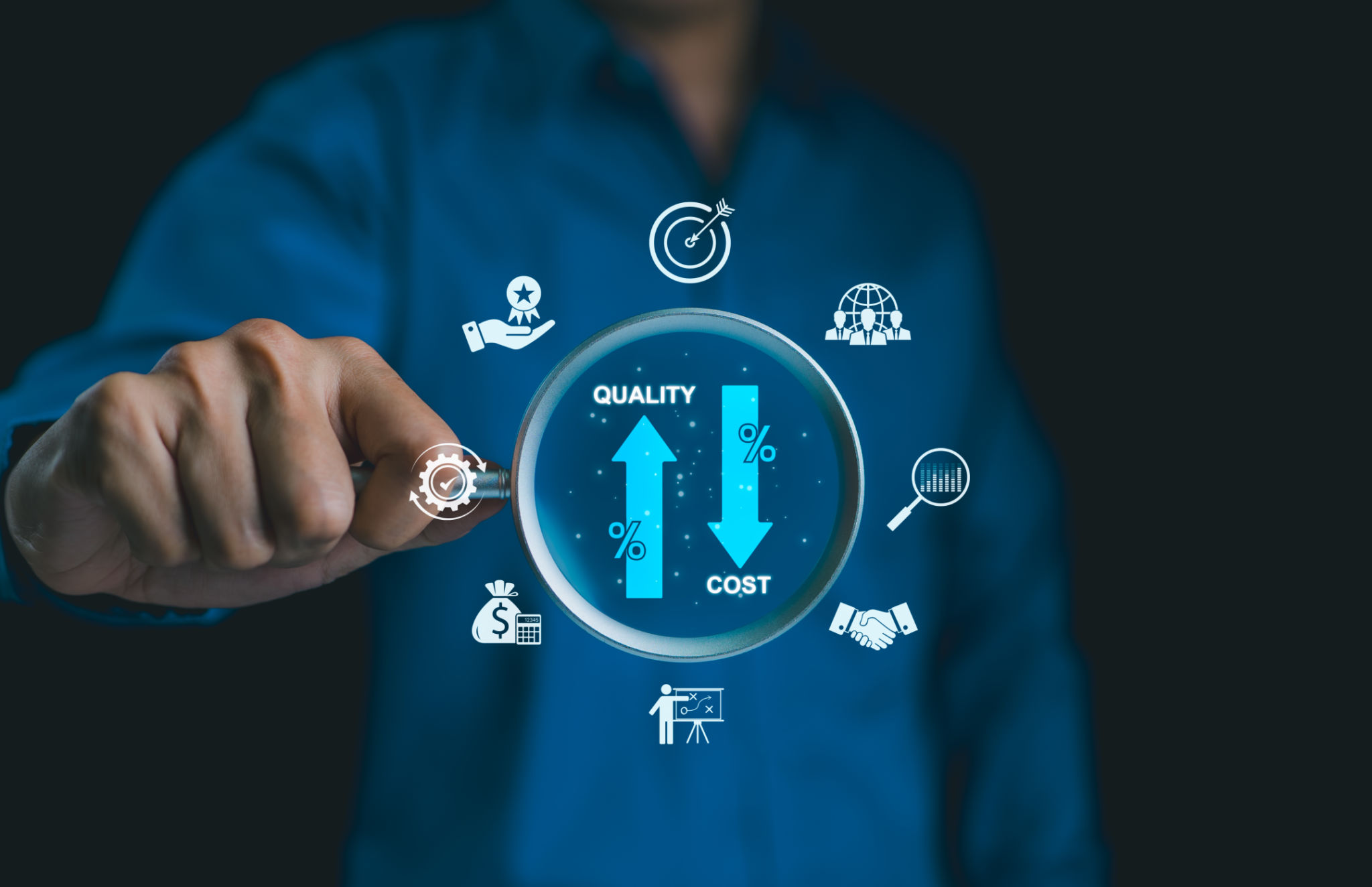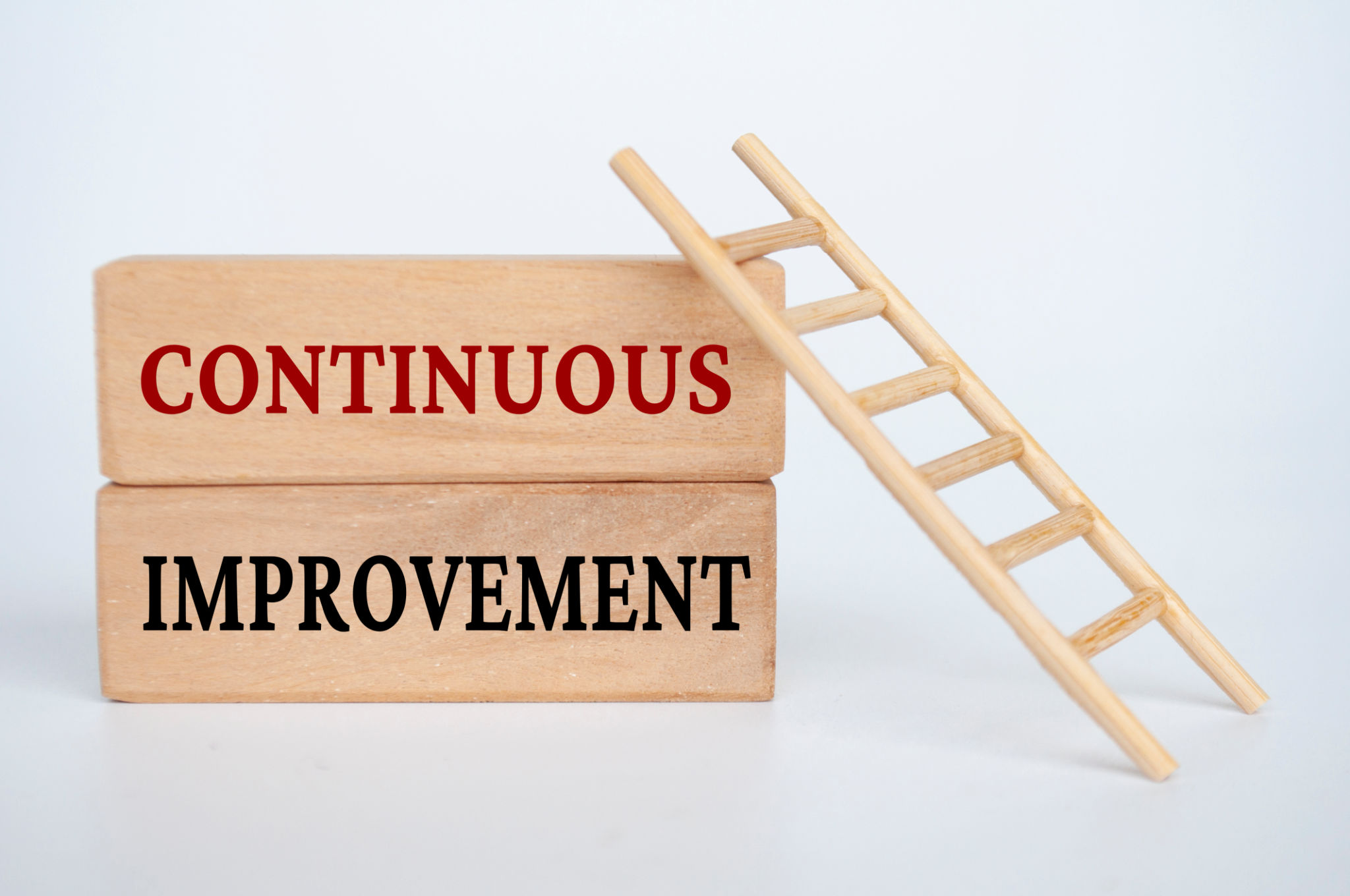Maximizing Business Potential: A Guide to Profit Optimization
Understanding Profit Optimization
In today's competitive market, businesses must continuously seek ways to enhance their profitability. Profit optimization is the strategic process of improving a company's financial performance by increasing revenue, reducing costs, or both. By focusing on these key areas, businesses can unlock their full potential and achieve sustainable growth.

Analyzing Financial Performance
To begin optimizing profits, it's crucial to analyze your current financial performance. This involves understanding your revenue streams, cost structures, and profit margins. By identifying areas where expenses can be reduced or revenue can be increased, businesses can develop targeted strategies for improvement. Regular financial analysis also helps in forecasting and making informed decisions.
Streamlining Operations
Operational efficiency is a critical factor in maximizing profits. Streamlining operations involves eliminating waste, improving processes, and leveraging technology to enhance productivity. Businesses can implement lean management techniques, automate repetitive tasks, and invest in software solutions to optimize their operations. This not only reduces costs but also improves the quality and speed of service delivery.

Enhancing Revenue Streams
Increasing revenue is a fundamental aspect of profit optimization. Businesses can explore various strategies to enhance their revenue streams, such as expanding their product or service offerings, entering new markets, or adopting innovative sales and marketing techniques. It's important to understand customer needs and preferences to tailor offerings effectively and capture a larger market share.
Effective Pricing Strategies
Pricing is a powerful tool in profit optimization. Implementing effective pricing strategies can significantly impact your bottom line. Businesses should conduct market research to understand pricing trends and customer willingness to pay. Techniques such as value-based pricing, dynamic pricing, and discount structures can be used to maximize revenue while maintaining customer satisfaction.

Cost Control and Reduction
Managing costs is as crucial as increasing revenue. Cost control involves identifying unnecessary expenses and finding ways to reduce them without compromising quality. This could include negotiating better terms with suppliers, optimizing inventory management, or reducing energy consumption. A proactive approach to cost management helps maintain profitability even during challenging economic times.
Leveraging Technology and Innovation
Technology plays a pivotal role in profit optimization. By embracing digital transformation, businesses can improve efficiency, reduce costs, and enhance customer experiences. From implementing cloud-based solutions to using data analytics for decision-making, technology offers numerous opportunities for growth and optimization. Staying updated with technological advancements ensures a competitive edge in the market.
Continuous Improvement and Adaptation
Profit optimization is not a one-time effort but an ongoing process. Businesses must continually assess their performance, adapt to market changes, and seek innovative solutions. Encouraging a culture of continuous improvement involves setting clear goals, regularly reviewing progress, and being open to change. This proactive approach ensures long-term success and sustainability.

In conclusion, maximizing business potential through profit optimization requires a strategic approach that encompasses financial analysis, operational efficiency, revenue enhancement, cost management, and technological adoption. By focusing on these areas and continuously adapting to market dynamics, businesses can achieve sustainable growth and profitability.